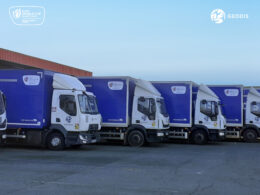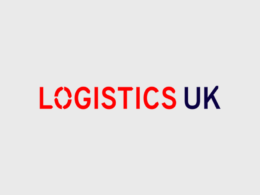Improving your fleet operations by introducing telematics requires strategic planning and prudent system implementation.
For a start, every business is different. You need to generate the right data to improve fleet performance by gaining insights into what works for you and what you require as you continue to grow.
With this knowledge in the bag, you can hone your approach.
By harmonising your fleet systems and successfully introducing an integrated technology solution, underpinned by telematics, there’s no doubt it’s possible to improve business performance, environmental outcomes and employee safety.
A word to the wise – it you’re looking to introduce a new telematics system, the following considerations could be vital in helping you to achieve your goals. They may also hold the key to success for you and your fleet.
Plan ahead to minimise business disruption
Whatever the size of the company, introducing technology to improve business operations involves some degree of change management. Effective planning will help minimise business disruption and help ensure a positive outcome.
Map your business requirements and assess your surveillance goals with respect to industry type, nature of business, size of fleet, types of vehicles and other business demographics.
This implementation process should be overseen by a delegated project manager who can ask the right questions of all the right people across the business, assume responsibility for coordinating implementation and track its progress.
To simplify the process, it can be a good idea to strategically undertake your implementation one depot at a time. By breaking the implementation process down in this way and assigning responsibilities, the technology’s adoption can be tackled in a pragmatic way, making it a more manageable task.
Do your homework – telematics systems are not all equal
- Engage to empower
Engaging all relevant business stakeholders is vital when researching a new system. Different users have different agendas and the functionality the system offered must meet everyone’s needs.
If you have numerous national logistics managers or other possible users working across your different business divisions, they all have to be on board with your choice of a single solution that can offer company-wide governance.
Consider implementing a driver training program which incorporates a comprehensive explanation of the road safety benefits of telematics. For many companies, this is a strategy that has proven central to engaging perhaps their biggest stakeholder – their mobile workforce.
- System integration
It’s vital to scrutinise the integration capabilities of available systems.
Most companies will want to invest in a platform that not only offers ready-made, robust camera integration potential, but also one that will interface with important back-office software, including their transport management and fuel card systems. This calls for a telematics system which can boast stable, open application programming interfaces (APIs).
Fleet managers at the control centre should be able to monitor various parameters that are needed for business growth and success. It is ideal to have a comprehensive web-based solution which will allow you to manage and integrate data easily from multiple systems and offices based on different locations.
- A tech partner for the future
Choosing a leading-edge solution will provide you with a deep understanding of the present status of the business and areas to focus on for sustainable business growth and increased revenue.
Your preferred technology provider must to be ahead of the game – not only will it have to meet your current requirements, but it also has to be well-placed to meet the future needs of your business.
This means your due diligence must extend to ensuring your systems will be future-proof. As a suggestion, make sure to consider a potential supplier’s records on research and development investment and innovation.
The proof is in the pudding
Finally, your chosen solution should offer an intuitive, user-friendly, interface. You can deploy the most advanced technology in the world but if it’s not easy to use – and consequently doesn’t get used – it’s a wasted investment.
An integrated telematics system can enable you to take full control of your fleet’s performance. It should offer a complete, panoramic view of your vehicle operation and work force efficiency.
You will gain you better control over fleet utilisation, ensure safe driving, and cut down redundant paper work and time-consuming manual labour.
In addition to a significant uplift in your road risk management, you will see an improvement to fuel efficiency and significant reduction in carbon emissions.













